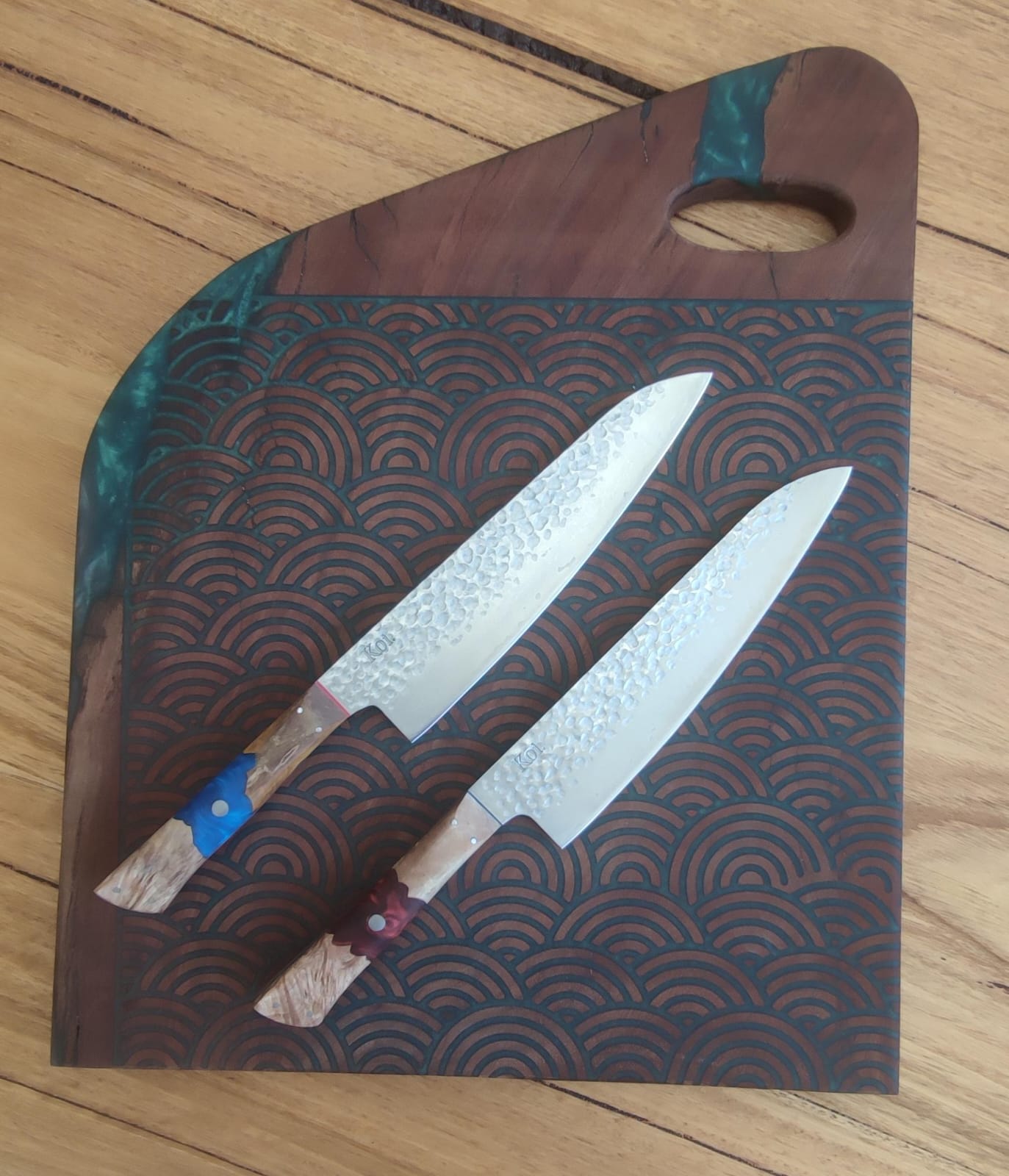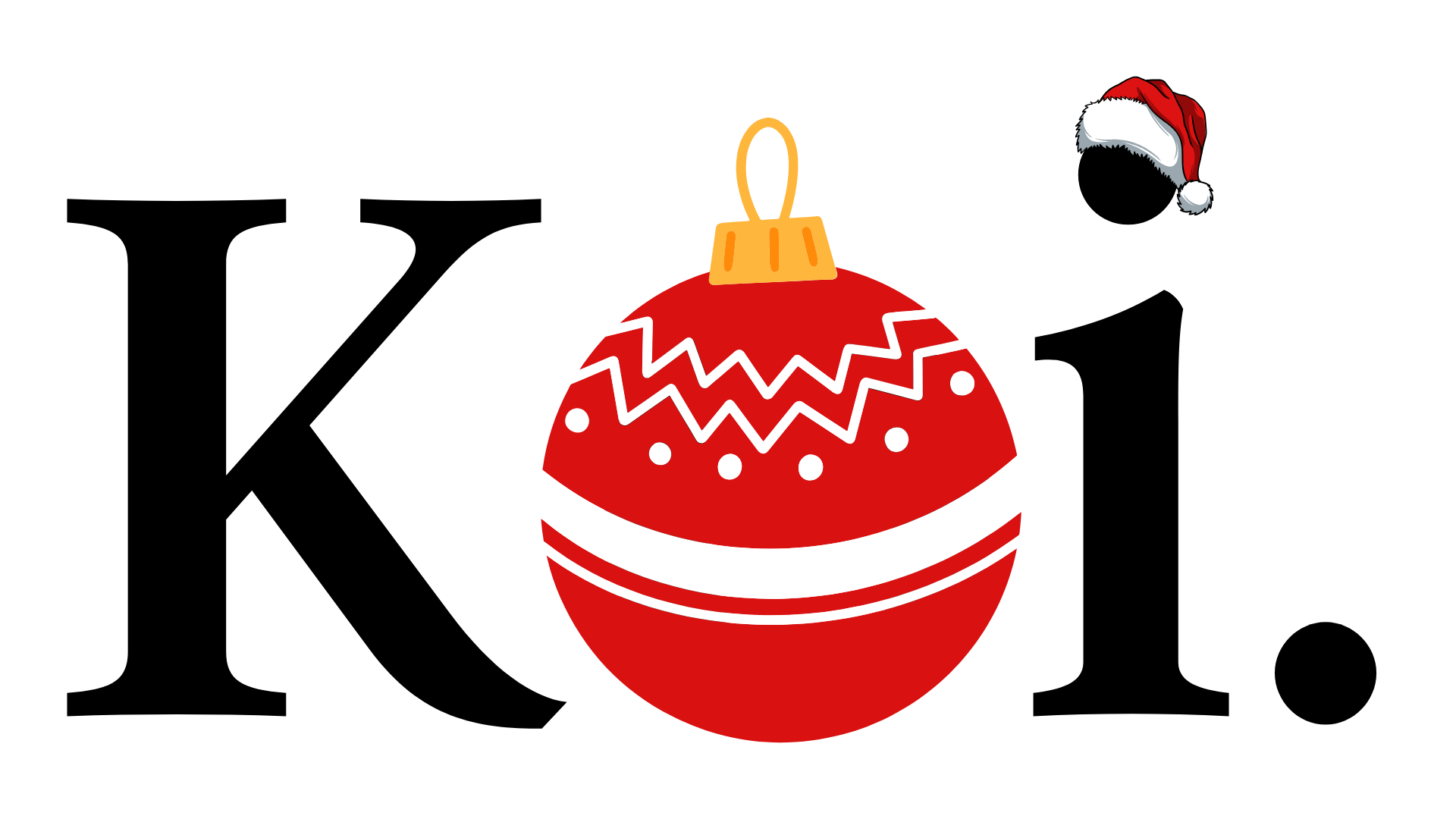15 FAQs About Serrated Knives
The serrated knife is also referred to as a bread knife. It is your little kitchen saw that you can use to cut through different types of foods and produce that has a tough exterior and delicate interior without mangling or compressing them. You will use your serrated knife to saw through crusty loaves of bread, tomatoes or even citrus. Whilst many wonder if Japanese Knife collections contain bread knives - the simple answer is yes - they now eat bread.
Serrated knives can be long and with serrated edges that you can use to make thin and delicate slices of your foods. Anything with a tough, thick or resistant exterior surfaces and delicate interiors will be a good candidate for slicing with a serrated knife.
These bread knives will come in handy when you are making a sandwich and you need to cut off the slices of bread or delicate slices of tomatoes that you will put in your sandwich. Although serrated knives are niche, they are one of those must-have and essential knives that you must include in your arsenal. You will need them for more than just your bread and tomatoes. Any squishable food can be sliced through with relative ease using a serrated knife. They have sharp and serrated teeth, are usually long and with some heft and will therefore feel very comfortable to wield.
What is the Serrated Knife?
Serrated knives are typically referred to as bread knives. They have a serrated edge or saw-like teeth that makes them a handy and indispensable kitchen knife for many other diverse uses. In fact, the serrated knife is one of those essential must-have kitchen knives in your knife set.
They have a serrated edge that is so efficient that it will continue slicing and serving your needs even after the teeth have become dull. You generally won’t need to sharpen a serrated knife. It is the kind of knife that you will use for years and replace when the edge becomes too blunt to slice efficiently. Because they are almost impossible to sharpen at home, they typically have a very thin but sturdy blade that helps the knife maintain its sharp edges consisting of gullets and teeth. Another reason to know a high quality Japanese knife sharpener.
The beauty with the bread knife is that you don’t have to apply force or pressure for the cutting action like in the plain chef’s knife. Instead of force cuts, the serrated edge smoothly glides through the food in a back and forth motion to slice the cuts. The best use of serrated knife is in cutting bread but you can also use it to cut cakes. The bread knife will come in handy wherever there is a tough outer crust to be overcome, enabling you to incise smoothly the food without compressing or smooshing it.
Where Does the Serrated Kitchen Knife Fit in Your Kitchen?
The serrated kitchen knife is a must-have kitchen knife in your collection. Every now and then, you will find yourself needing to slice bread, cakes, tomatoes, citrus fruits or any other foods with a tough outer crust and delicate interior like eggplants. The teeth of the serration will first come into contact with the hard crust and with the sharp edges puncturing and tearing the crust. The knife then reaches the softer inner part of the food where its chiselled moon-shaped gullets or teeth will create a clean and thin slice of the bread or tomatoes.
How Long is the Serrated Knife?
The blade lengths for serrated knives can vary anywhere from 7 inches to 10 inches. The most common lengths are 8 to 9 inches or 200mm to 230mm - making it one of the largest Japanese knives. Some of the foods that you will be cutting with a bread knife can be quite large and a small serrated knife won’t cover their entire surface which can result in irregular slices. Because of this, it is generally recommended to go for longer serrated knives that are at least 9 inches (230mm) long. There are serrated knives that are as long as 14 inches.
A shortbread knife can be quite limiting. If you will be purchasing multiple serrated knives, then you can have some shorter serrated knives. However, if you will be having one serrated knife, it is generally recommended that you purchase a longer one as this will be versatile enough to cut both small and large foods. The “sweet spot” of blade length for serrated knives that is recommended by most chefs is usually 10-inches or 250mm. At this size, the serrated knife is long enough to be used on various sizes of foods slicing your eggplants lengthwise, slicing a sourdough boule or the good old sandwiches and tomatoes.
What is the typical spine width of the serrated knife?
Since they are not easy to sharpen, serrated knives typically have a small spine width that helps them retain their edges over several years of use even on the toughest of foods. A serrated knife with a maximum thickness of 2.2mm will be quite efficient.
Ideally, you should go for the serrated knives with thinner blades as these will give you straighter slices. Serrated knives with thicker blades tend to veer off during the slicing thereby producing uneven slices. Serrated knives with thinner blades will also keep both the crumb and the crust of the bread intact.
What is the blade profile of the serrated knife like?
Serrated knives don’t have a uniform shape and profile. The only constants are the serrations and the fact that the knives have a short height. The blade length can vary considerably depending on their intended usage. You can find serrated knives as short as 7-inches and as long as 14-inches.
The most common blade profile for a serrated knife is the classic flat blade. Most kitchen knife collections will have the flat-blade serrated knives. This blade is best suited for slicing bread. Since it doesn’t have a knuckle clearance, this blade is not a multitasker and will be limited to cutting bread and cakes.
Some serrated kitchen knives are curved and these are also suited for cutting bread. The curved serrated knife is not a unitasker and can be used in a rocking motion to also cut foods like fruits and vegetables. A curved serrated knife also gives you a better knuckle clearance than a flat serrated knife making this one of the most versatile serrated knives.
There are also serrated knife profiles with an offset design. In offset bread knives, the blade will be a least 1 to 2 inches below its handle which provides the knife-wielder with excellent knuckle clearance. Offset serrated knives typically have blade lengths of 6 o 9 inches which can be too short for the bigger loaves of bread. An offset shape is also difficult to control when you are slicing.
The type of serration also differs. Some are pointed while others are scalloped. Pointed serrations are more common and they make for very efficient cutting action. The pointed teeth will easily grab the hard crust of the bread and smoothly saw through it. Sharp and pointed serrations are also effective when you need to quickly pierce through the tough skins of vegetable and fruits like eggplants, tomatoes and even melons.
The other serration type is scalloped which are shaped like half-moons. These work best when you are slicing meat roast or soft fruits and vegetables. You can easily use scalloped-edge serrated knives as a substitute for your straight-edged meat slicer. These smooth serrations are however not suited for slicing bread as they won’t give you the same grip that you would get with pointed-edge serrations.
What is the serrated knife best suited for?
A serrated knife is suited for cutting through the tough crusts of loaves as well as the tough outer surfaces of fruits and vegetables such as tomatoes and eggplants. If you want to make a sandwich, you can also use a serrated knife to make those ultra-thin and delicate slices of your ripe tomatoes. The serrated knife easily breaches the tough exteriors of these foods without crushing their soft and delicate interiors.
Your kitchen knife collection obviously has some versatile knives such as the chef’s knife but these are not suited for cutting through rugged crusts or the tough outer skins of fruits and vegetables like melons and eggplants. When chef’s knives are used for these purposes, it is likely to rapidly damage their edges and you will need to constantly sharpen your knives to keep them razor-sharp and efficient.
Serrated knives can also be used for cutting cakes or peeling your butternut squash. You can use them carve your holiday roast or to saw through the tough watermelon rinds.
What is the serrated knife not suited for?
A serrated knife should never be used for slicing raw meat or raw fish as the pointed serrations will tear and mangle the flesh thereby ruining the look and flavour of the meat. It would also make a complete mess of the food. It will also have the same effect when you use them on vegetables and herbs. However, you can use a scalloped-edged serrated knife to carve your roast meat although there are carving or slicing knives that would do a better job at this.
What is the serrated knife’s core strengths?
The serrated edge of the bread knives gives them superior edge retention. You can use these knives for a decade and they will still do the job. They exhibit excellent durability. Serrated knives also have typically thin blades which help with the edge retention. You don’t have to sharpen them every now and then. Most chefs will use them for years and replace them when the edge finally wears out. If you wish to retain them, you only need to sharpen their serrated edges after several years of use, unlike other kitchen knives which need to be sharpened every now and then depending on the frequency of use.
The serrations are so efficient that these knives will continue slicing even after their gullets and teeth have dullened after several years of use. This is due to the fact that the serrations have a chisel grind which does not have much contact with the food when cutting.
Who Should Use the Serrated Kitchen Knife?
Virtually anyone can use a serrated kitchen ranging from amateur home cooks to professional chefs. If you regularly have to cut through tough crusts of bread, eggplants, sandwiches or watermelons, then the serrated knife should be an integral part of your knife arsenal.




